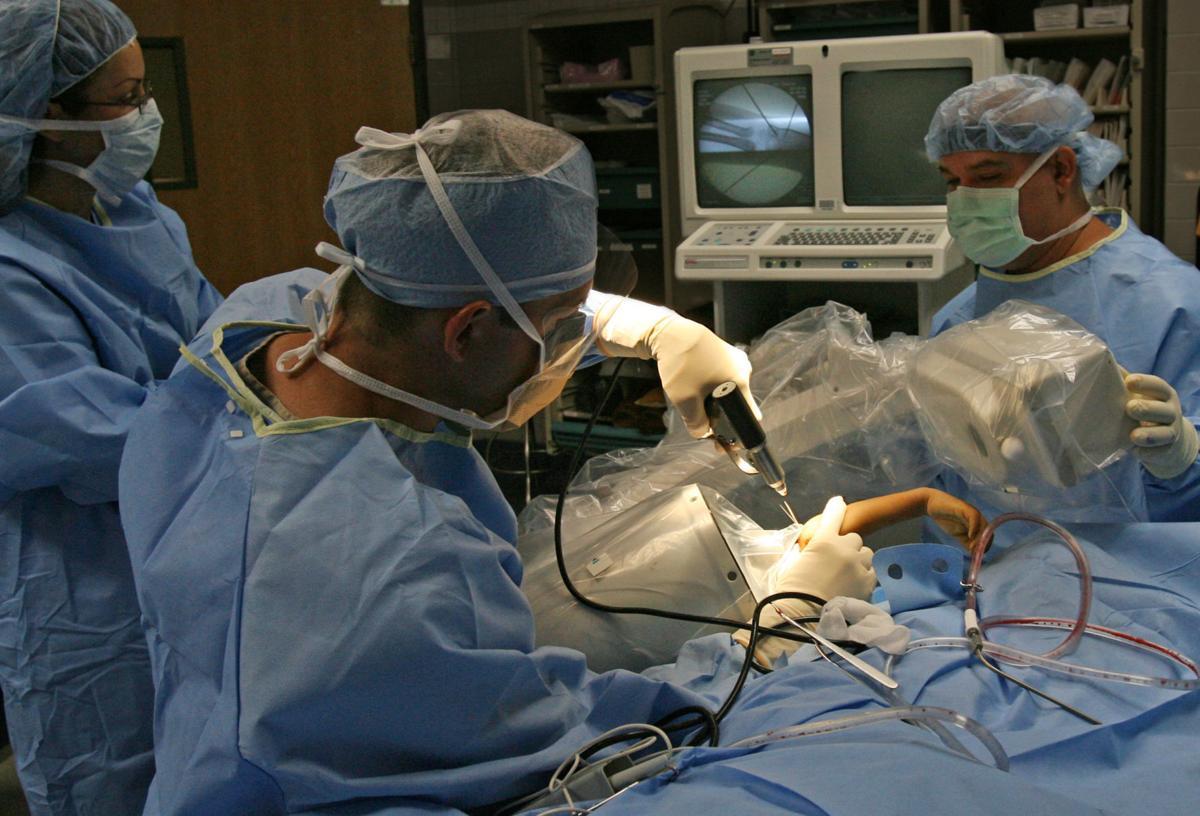On Jan. 1, a new federal rule went into effect requiring hospitals to post prices for all services they provide in a searchable format on their websites.
The rule was intended to make hospital pricing more transparent and comparable across hospitals. The downloadable lists show all hospital charges by the item and can be thousands, or tens-of-thousands, of lines long.
All the hospitals in Tucson have the cost spreadsheets — called chargemasters — available on their websites, but they can be hard to find.
“The federal guidance was easy to comply with,” said Tucson Medical Center officials, but the long list of posted prices might not be easy for patients to use.
“In the same way I’ll drive extra miles to get cheaper gas, I like the idea of transparency in price ... but it’s very hard for people to make decisions based on just this information,” said Daniel Derksen, associate vice president for health equity, outreach and interprofessional activities for University of Arizona Health Sciences.
Each item is named using abbreviations or medical terminology, and inconsistencies in naming make price comparison between hospitals difficult, if not impossible. “It’s hard to make heads of tails of it,” Derksen said.
There’s another problem. To get a clear picture of what the costs will be, a person would have to know all the individual charges involved in the procedure.
“You might come in and have an IV, but there is a solution and drug that goes with that and tubing and a needle and someone to give it to you, and these are all listed separately,” said Maria Persons, TMC’s director of revenue cycle.
Arizona Daily Star reporters attempted to price compare common procedures, such as a colonoscopy, but were unable to do so, as charges for a single procedure are broken down by individual components.
Brent Hicks, TMC’s director of finance, compared it to buying a car, but instead of buying a car whole, you’re given a menu that breaks down the price by the car’s component parts without you knowing what goes into a car.
All Tucson hospitals posted disclaimers noting that the amounts listed on the chargemasters are not what patients or insurers will actually pay. Out-of-pocket costs are based on many factors, including your form of insurance or if you lack coverage.
All local hospitals recommend patients consult their insurance providers for cost estimates or contact the hospital’s financial-services department.
Additionally, every hospital negotiates down prices for patients. Even people working for the same employer might have picked different insurance plans and pay different amounts for the same procedure, Persons said.
Health officials also pointed out that Arizona requires hospitals to provide the average cost of their top 50 procedures in recognizable language to allow easy comparison across hospitals. The new federal rule simply expanded it by having them list all charges.
All local hospitals have other resources to make payment easier. They offer financial counselors who can give estimates, payment plans and discounts in certain circumstances.
“Many times, people qualify for Medicaid and don’t realize,” Hicks said. TMC and other hospitals will screen patients and notify them if they are eligible.
“Having the chargemaster out there is a good first step in price transparency,” TMC’s Persons said. “But it’s not quite as user-friendly or intuitive maybe as we might hope it to be.”





